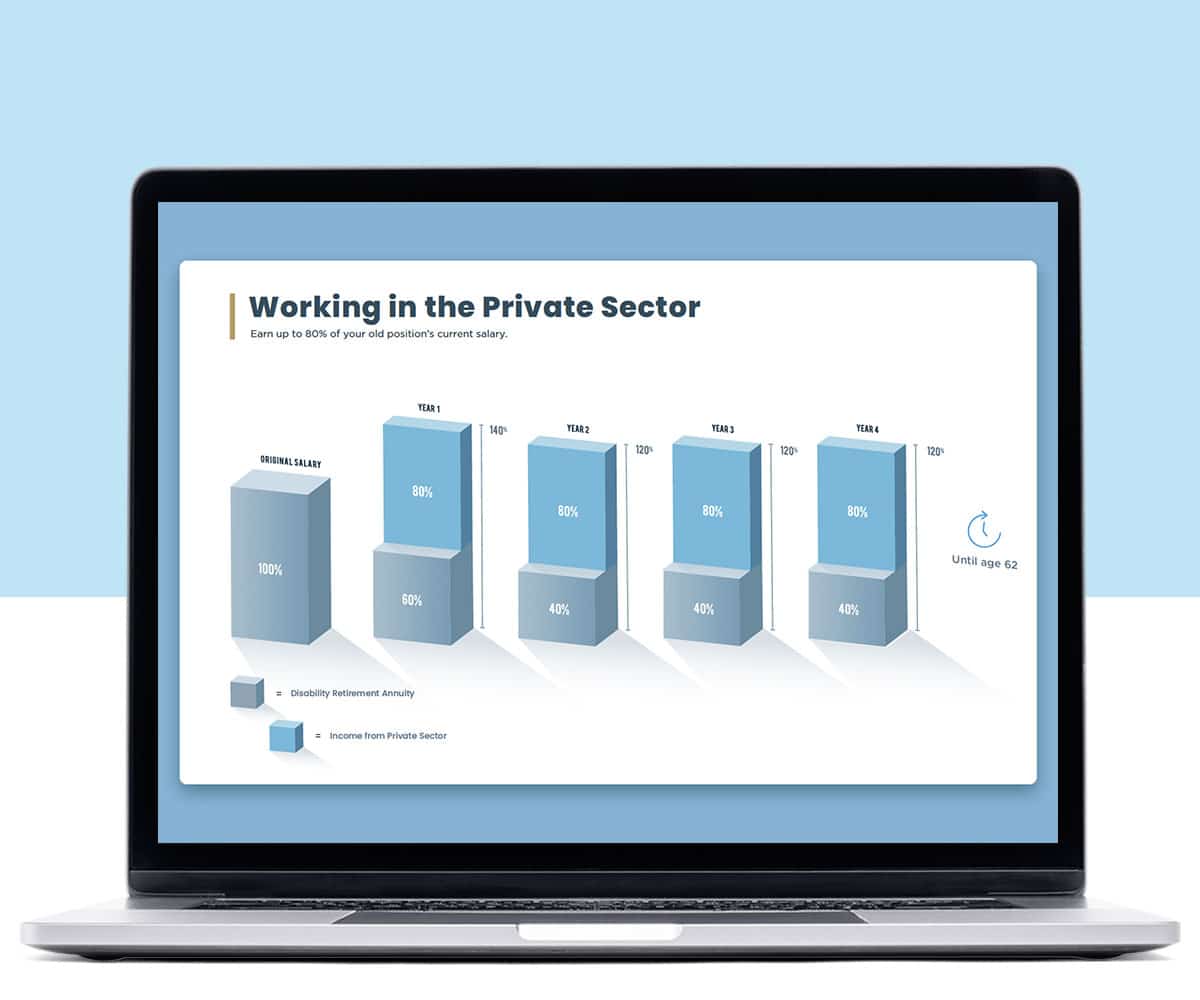
As part 1 of this post showed us, it’s important to strategically pick your retirement date to maximize your annuity, especially if you’re a CSRS employee. Once you’ve done that, the real work begins, as they say. The following are steps you should take when you’re ready to retire.
Check Your Service History
You can do this at any point in federal career but be sure to check it before your file your CSRS/FERS retirement application. This is especially true if you’ve worked for other federal agencies or have served on active duty in the military. It’s important your agency has maintained a complete record of your service. Request a retirement estimate from your agency and ensure it includes a summary of your federal service. If it doesn’t, review your electronic Official Personnel Folder to verify it included the beginning and ending dates of every period of your credible federal service.
Be Sure to Have Copies of Important Forms
Just in case something should turn up missing (personnel action forms), you’ll have copies you could produce when you’re ready to retire if needed.
Consider Service Credit Deposits
You may have the option to pay a service credit deposit to either receive credit for service or to avoid a permanent reduction in your retirement benefit. There are 3 types of service credit deposits:
- Deposit to CSRS or FERS for civilian service that wasn’t covered by retirement deductions, called non-deduction service.
- Redeposits or refunded CSRS contributions.
- Deposits for post-1956 military service.
Ask Questions
If you don’t understand something, ask questions. If something looks off to you, try to understand. It’s better to ask questions now than possibly uncover a delay-causing problem later.
Keep Copies of Divorce Documents
If you have a former spouse who was awarded part of your retirement or survivor benefits, keep a copy of your divorce decree or court order.
Ensure You Can Retain Health and Life Insurance Coverage
FEHB and FEGLI are both able to be carried into retirement. Review the rules to maintain these a federal retiree. There is a 5-year requirement that must be met in order to keep these benefits.
Submit Your Application at Least 30 Days Before Your Planned Retirement Date
It’s common in many agencies to give 90 days’ notice of retirement. This allows the agency time to begin to put your retirement package together before you leave.
Attend a Pre-Retirement Seminar
Many federal employees lack knowledge about basic retirement considerations. A seminar is a great way to gain more knowledge and understanding to ensure you are ready to retire.
If you have any questions about federal disability retirement and what your options are, please call us at 877-226-2723 or fill out this INQUIRY form.


